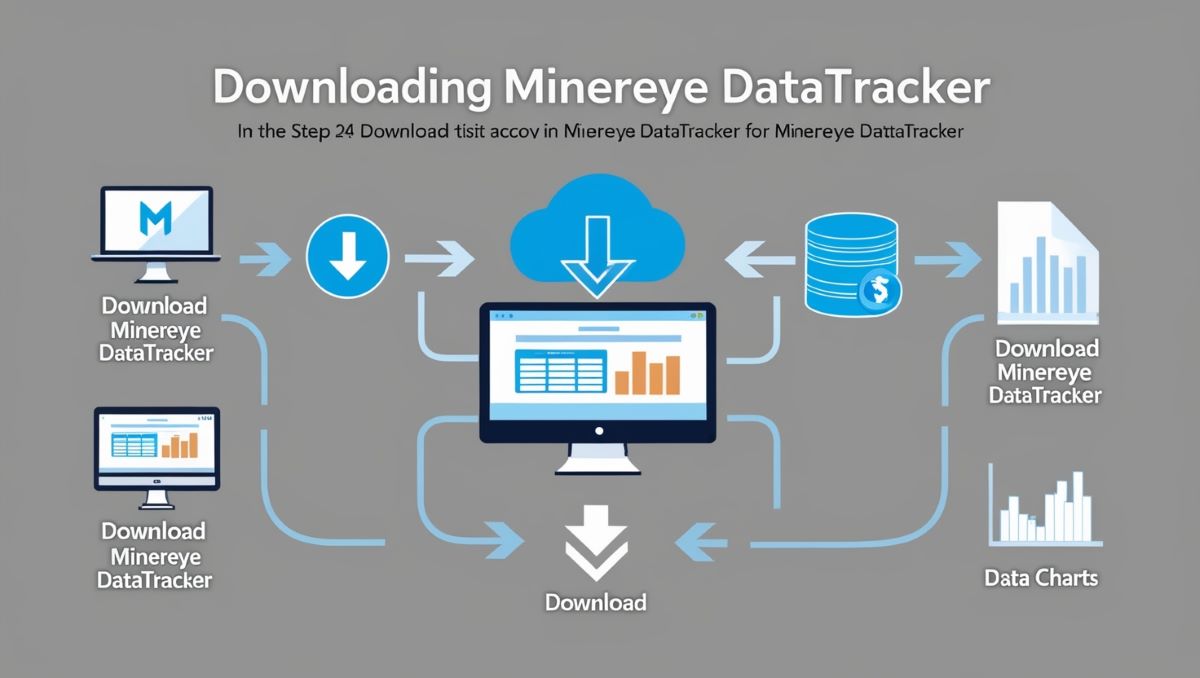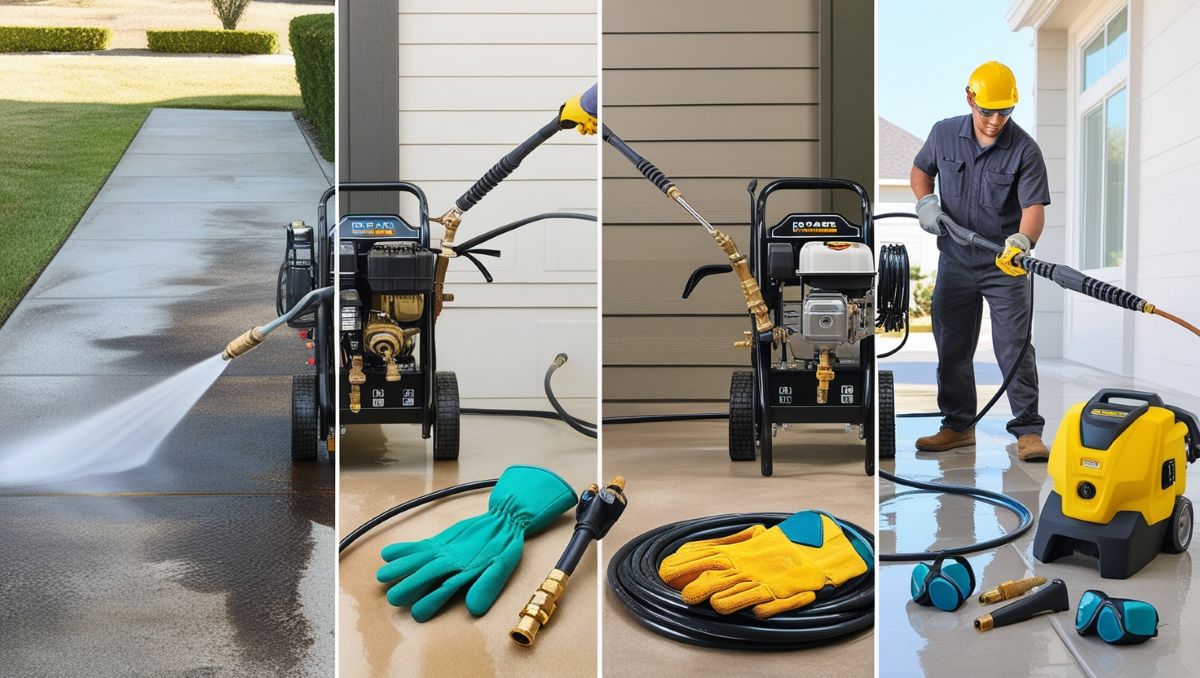When it comes to the performance and longevity of your machinery, there’s one pesky issue that can throw a wrench in the works: VT1000 pitting. This little-known problem might not be on your radar, but its impact can be significant. If you’re looking to keep your equipment running smoothly and efficiently, understanding VT1000 pitting is crucial. Let’s dive into what it is, why it happens, and most importantly, how you can prevent it from disrupting your operations. Your machines deserve the best care possible, so let’s explore some effective strategies to ensure they remain in top shape for years to come.
What is VT1000 Pitting and Why It Happens
VT1000 pitting refers to the formation of small, localized depressions or cavities on a surface due to wear and corrosion. It often occurs in metals subjected to constant stress or exposure to harsh environments.
The root causes of VT1000 pitting can vary widely. Chemical reactions with moisture, oxygen, or salt can accelerate this deterioration. Mechanical factors like friction and pressure also contribute significantly.
When materials are repeatedly stressed without adequate protection, they become vulnerable to these imperfections. Over time, even minor damage can escalate into more serious structural issues if not addressed promptly.
Understanding these mechanisms is vital for anyone seeking optimal performance from their machines. Recognizing the early signs of pitting allows for timely intervention before it leads to costly repairs or replacements.
The Negative Impact of VT1000 Pitting on Performance and Longevity
VT1000 pitting can significantly disrupt the performance of your equipment. It leads to irregular surface textures, which result in increased friction during operation. This added resistance can cause machinery to work harder, ultimately affecting efficiency.
Moreover, pitting compromises the structural integrity of components. Over time, these tiny pits can deepen and expand, leading to more severe damage and potentially costly repairs or replacements.
When it comes to longevity, pitted surfaces shorten the lifespan of parts drastically. Instead of performing at optimal levels for years on end, you may find yourself needing frequent maintenance or even complete overhauls much sooner than anticipated.
Additionally, consistent performance issues due to VT1000 pitting can hamper productivity. Equipment downtime translates into lost revenue and delayed projects—factors that are detrimental in today’s fast-paced environments.
Best Practices for Preventing VT1000 Pitting
Preventing VT1000 pitting starts with diligent care. Regular inspections can catch early signs of wear before they escalate into serious issues. Look for any irregularities on the surface that might indicate developing pitting.
Cleaning is crucial to maintaining your equipment’s integrity. Use a gentle, non-abrasive cleaner tailored for the materials involved. This removes harmful debris and contaminants that contribute to corrosion.
Proper storage plays an essential role as well. Make sure your tools are kept in a dry environment, away from moisture and extreme temperatures. A dedicated space can prevent unnecessary exposure to elements that accelerate damage.
Handling should be done with caution too; avoid dropping or striking components during use or transportation. Each small action contributes significantly to preventing unwanted deterioration over time, ensuring optimal performance when you need it most.
Regular Cleaning and Maintenance
Regular cleaning is essential to combat VT1000 pitting. Dust and debris can accumulate, leading to corrosion over time. A simple wipe-down with a soft cloth helps remove contaminants.
Don’t forget the nooks and crannies where grime tends to hide. Use a gentle brush or compressed air for hard-to-reach areas. This prevents buildup that could lead to damage.
Maintenance should also include inspecting any protective coatings. If you notice wear or scratches, consider reapplying them promptly.
Establishing a cleaning routine will keep your equipment in top shape. Choose specific times weekly or monthly dedicated solely to maintenance tasks.
Remember, prevention is more efficient than repair when it comes to ensuring longevity and performance. Regular attention now will save headaches later on down the line.
Proper Storage and Handling
Proper storage and handling are crucial in preventing VT1000 pitting. Store your equipment in a cool, dry area to minimize moisture exposure. Humidity can accelerate the pitting process, so consider using desiccants or silica gel packs.
When moving or transporting your gear, use protective cases. These shields prevent accidental bumps and scratches that could compromise surfaces over time.
Always handle components with clean hands or gloves to avoid transferring oils from your skin onto sensitive areas. Even small residues can lead to corrosion risks if left unchecked.
Avoid stacking items on top of one another when storing; this can create pressure points that may cause surface damage. Instead, organize them neatly with enough space between each item for air circulation.
Regularly check stored items for signs of wear or humidity damage to catch potential issues early before they escalate into more significant problems.
Lubrication Techniques
Lubrication is a crucial aspect of preventing VT1000 pitting. Proper lubrication reduces friction, which can lead to wear and tear over time.
When selecting a lubricant, consider the specific requirements of your equipment. Different materials may require different types of grease or oil. Using the wrong lubricant can exacerbate pitting issues rather than mitigate them.
Apply lubricant at regular intervals during maintenance checks. Don’t wait until you notice signs of wear; proactive measures extend equipment life significantly.
Ensure that surfaces are clean before applying any lubricant. Dirt and debris can compound problems by creating abrasive conditions that accelerate pitting development.
Monitor lubrication levels consistently. An under-lubricated system increases the risk of overheating and damage, resulting in costly repairs down the line. Regular checks help maintain optimal performance while safeguarding against pitting risks.
Conclusion:
VT1000 pitting is a pressing concern for those who rely on these machines. Understanding what causes this issue can help users take proactive steps to safeguard their equipment. The effects of VT1000 pitting are far-reaching, impacting both performance and longevity. Fortunately, adopting best practices can make a significant difference.
Regular cleaning and maintenance should be part of every user’s routine. This simple habit helps remove debris that may contribute to wear over time. Proper storage and handling techniques also play an essential role in preventing damage during non-use periods.
Lubrication techniques cannot be overlooked either; they ensure smooth operation while minimizing friction that leads to pitting issues. By focusing on these strategies, you can significantly extend the lifespan of your VT1000 equipment.
Taking action now will not only enhance performance but also save you money in the long run by reducing repair costs associated with pitting damage. Prioritize care for your VT1000 machinery, and you’ll reap the benefits of improved efficiency for years to come.











